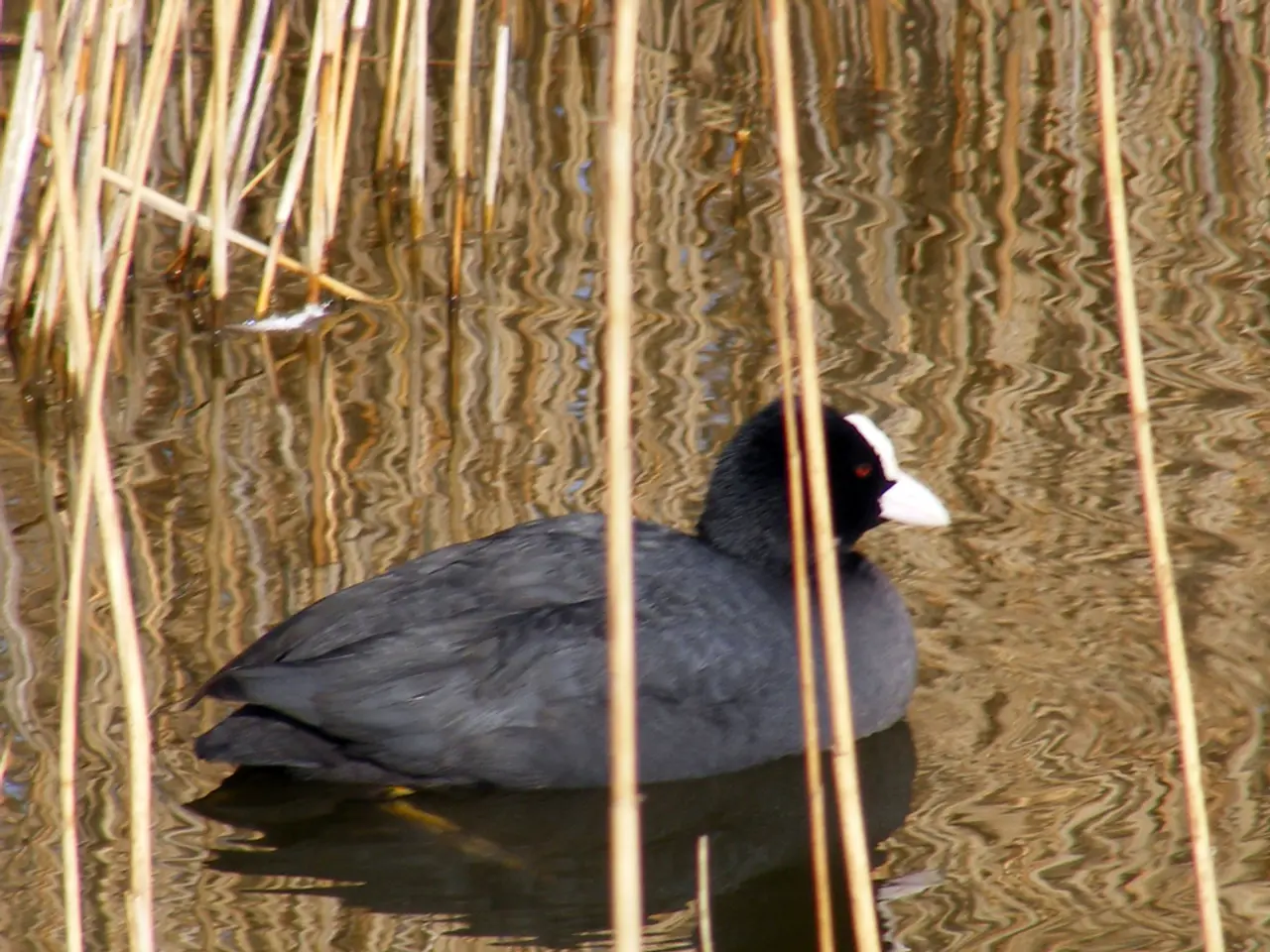Organic Lawn Maintenance: Keeping Your Garden Green Without Harmful Substances
Controlling Perennial Weeds Organically: A Comprehensive Guide
In the quest to maintain a flourishing garden without resorting to chemical herbicides, managing common perennial weeds organically is essential. Here's a collection of strategies that experts recommend for an integrated approach.
Hand Pulling or Digging Out the Weeds
One of the most effective methods for controlling perennial weeds is by manually removing them, ensuring you extract the entire root system to prevent regrowth. This technique works best when done early in the growing season before the weeds establish strong roots or produce seeds.
Using Mulch
Covering garden beds with a 2-3 inch thick layer of mulch can block sunlight from weed seeds, preventing their germination and improving soil health.
Heating Methods
Pouring boiling water directly onto weeds can kill them by destroying plant cells. This method is particularly effective for weeds growing in cracks or pathways, but care should be taken to avoid damaging desired plants.
Depriving Weeds of Sunlight and Nutrients
Smothering or shading weeds with landscape fabrics, thick organic mulch, or densely planting desirable plants can help in their control by depriving them of sunlight and nutrients.
Utilizing Natural Pre-Emergents
Corn gluten meal is a natural pre-emergent that prevents certain weed seeds from germinating when applied properly in spring during specific bloom times.
Regular Cultivation and Loosening Soil
Regularly cultivating and loosening soil around plants can help in the early removal of shallow-rooted weeds. However, this method should be used cautiously to avoid bringing dormant weed seeds to the surface.
Spot Treatments with Organic Solutions
For spot treatments, diluted vinegar, rubbing alcohol solutions, or essential oils like clove oil can be applied carefully on young weed foliage to desiccate and kill the plants. These methods only affect top growth and may require repeated applications.
In summary, an integrated approach combining manual removal, mulching, heated water, natural pre-emergents, and careful spot treatment with organic solutions is most effective for controlling perennial weeds organically. Persistence and early intervention before seed production are key to long-term success. Avoid methods like tilling that can bring more weed seeds to the surface and increase weed pressure.
This approach aligns with expert guidance from organic gardening sources and practical weed management strategies that avoid synthetic herbicides.
Additional Tips
- Even if some of the root breaks in the soil, continually repeating this saps the weed's energy, weakening it.
- In the summer, some weeds, such as nettles, dandelions, and thistles, are prodigious seeders, so cutting off their flowers or seedheads can prevent them from setting seed around the garden.
- Stinging nettles can be weakened and prevented from setting seed by cutting them down to the ground using shears or secateurs, just as they come into flower.
- In a planted border, use a long-handled fork to loosen the soil around the roots and tease out as many of them as possible.
- Pulling out weeds by hand or hoeing off the tops can leave the roots of perennial weeds intact, causing vigorous regrowth.
- Not all young plants you spot may be weeds - be sure to look out for garden-worthy self-seeders.
- Horsetail, or marestail, is deep-rooted and difficult to eradicate. Allowing the stems to develop for four to six weeks before pulling them regularly can help weaken the plant. Alternatively, covering the ground with old carpet for at least two years can help in its removal.
- Daisies grow in tight clumps and spread into mats when grass is closely mown. They can be managed by aerating the soil with a garden fork and raking the edges of clumps upright so they catch the blades of the mower.
- Daunting masses of brambles or blackberry suckers are best tackled by pruning back all the top growth, then digging out the roots.
- Greater plantain can be removed by using a garden fork to loosen the soil surface, lifting up the flat leaves, and cutting down into the soil around the tap root with an old, long-bladed knife.
- Chickweed is an annual that can be pulled out by hand or by hoeing, but mature plants bearing seeds should not be placed onto the compost heap.
- If the appearance of the area is not important, covering it with old carpet or black polythene for at least two years can help kill off any remaining weed roots.
- On badly infested ground, or in densely planted borders, everything should be dug out and sifted through carefully to remove all weeds. Quick solutions to prevent regrowth include pegging down a weed-suppressing fabric, cutting slits to plant into, or turfing or sowing grass seed on the site to mow as a lawn for a few years until the larger weeds die out.
Hand pulling or digging out the weeds in a home-and-garden setting could be extended with the following: Even if some of the root breaks in the soil, continually repeating this weakens the weed.
For maintaining a balanced lifestyle and home-and-garden, the following gardening tip could be helpful: In a planted border, use a long-handled fork to loosen the soil around the roots and tease out as many of the weeds as possible.




